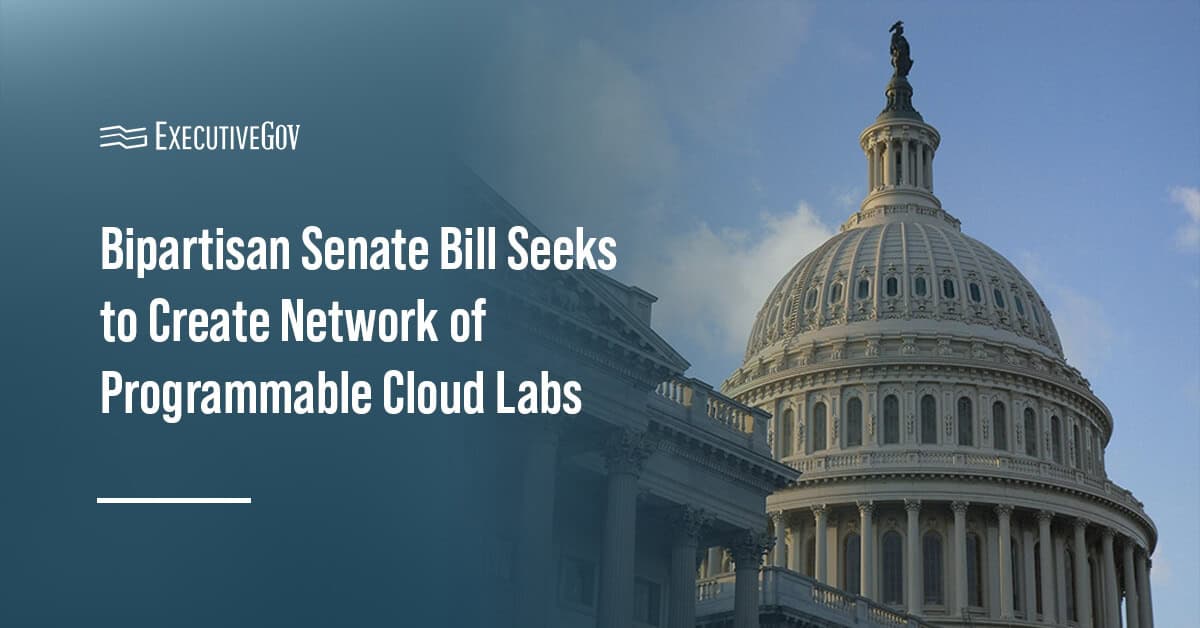 The General Services Administration has introduced a new tool intended to help users identify and apply sustainable building practices in the design of workplaces.
The General Services Administration has introduced a new tool intended to help users identify and apply sustainable building practices in the design of workplaces.GSA said Wednesday the Office of Federal High-Performance Green Buildings developed the Sustainable Facilities Tool website as an interactive tool that is meant to guide users on sustainable real estate operations.
SFTool aims to help project managers understand federal sustainability requirements, inform project planning, raise sustainability awareness among partners and stakeholders and explore green building products.
The website shows the Plan feature to assist users in their exploration of sustainability practices.
GSA also aims to provide opportunities to help users further engage with SFTool.





